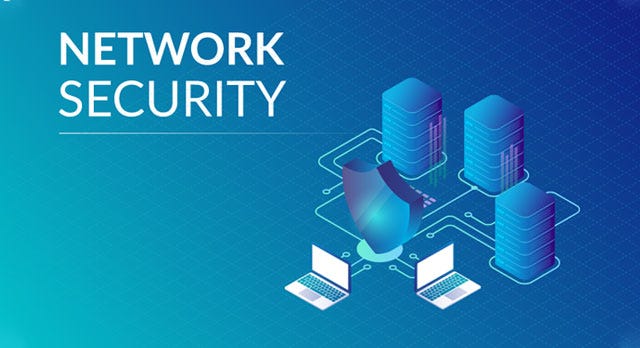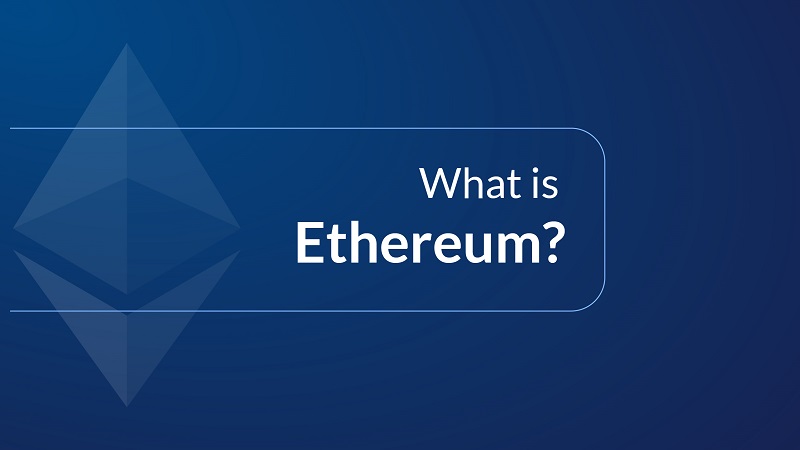In today’s hyper-connected world, our personal and professional lives are increasingly reliant on secure networks. Just as we wouldn’t leave our doors wide open, neglecting network security exposes our sensitive data – financial information, personal records, and intellectual property – to a growing landscape of cyber threats. This guide delves into the importance of network security, explores the ever-evolving arsenal of attackers, and equips you with the knowledge and tools to build a robust digital defense.
The Criticality of Network Security
Imagine a world where confidential business documents are leaked, financial accounts are emptied, or critical infrastructure is crippled by malicious actors. This, unfortunately, is the harsh reality of a compromised network. Network security safeguards the integrity, confidentiality, and availability (CIA triad) of our digital assets.
- Integrity: Network security ensures that data remains unaltered during transmission and storage. This prevents unauthorized modifications that could render information unusable or misleading.
- Confidentiality: Sensitive data, like financial records or medical information, should only be accessible to authorized users. Strong security measures prevent unauthorized access or data breaches.
- Availability: Networks need to be functional and accessible when needed. Network security protects against denial-of-service (DoS) attacks that can overwhelm systems with traffic, rendering them inoperable.
The Evolving Threat Landscape
Cybercriminals are constantly refining their tactics, employing a diverse set of tools to infiltrate networks. Here’s a closer look at some prevalent threats:
- Malware (Malicious Software): These malicious programs, encompassing viruses, worms, and trojan horses, can wreak havoc on your system. Viruses can replicate themselves and spread to other devices, while worms exploit vulnerabilities to self-propagate across networks. Trojan horses often disguise themselves as legitimate software, granting unauthorized access to attackers.
- Phishing Attacks: These social engineering scams aim to deceive users into revealing sensitive information. Deceptive emails or messages, masquerading as trusted sources (banks, social media platforms), trick victims into clicking malicious links or divulging passwords and credit card details.
- Zero-Day Attacks: These exploit previously unknown vulnerabilities in software or hardware. Since there’s no existing patch, zero-day attacks can be particularly dangerous.
- Man-in-the-Middle (MitM) Attacks: These attacks position the attacker as an intermediary between two communicating parties. Attackers can eavesdrop on sensitive data transmissions (e.g., credit card information) or inject malicious code into the communication stream.
Building a Robust Defense
Fortunately, numerous security measures can significantly bolster your network’s defenses:
- Access Control: Implementing strong access controls restricts access to sensitive data and resources only to authorized users. This can involve multi-factor authentication (MFA) that requires additional verification factors beyond a password, like a fingerprint scan or a one-time code.
- Firewalls: These digital gatekeepers act as the first line of defense, filtering incoming and outgoing traffic based on predefined security rules. Firewalls can block malicious traffic and prevent unauthorized access attempts.
- Intrusion Detection and Prevention Systems (IDS/IPS): These systems continuously monitor network activity for suspicious behavior and potential intrusions. IDS systems detect suspicious activities and raise alerts, while IPS systems actively block them.
- Vulnerability Management: Keeping software and operating systems updated with the latest security patches is crucial. Unpatched vulnerabilities are like holes in your network’s fence, providing easy access points for attackers.
- Security Awareness Training: Educating users on best security practices is vital. Training can help employees identify phishing attempts, avoid clicking on suspicious links, and create strong passwords.
Beyond the Basics: Advanced Security Considerations
As technology evolves and threats become more sophisticated, additional security measures become necessary, particularly for businesses:
- Data Encryption: Encrypting sensitive data renders it unreadable to unauthorized users, even if intercepted. This is particularly important for protecting confidential information like financial records or personal data.
- Network Segmentation: Dividing the network into smaller segments can limit the potential damage caused by a security breach. If one segment is compromised, the attacker’s access is restricted to that segment, preventing them from accessing the entire network.
- Security Information and Event Management (SIEM): SIEM systems aggregate security data logs from various network devices and applications, providing a centralized view for security teams. This allows for faster detection and response to security incidents.
Conclusion: A Continuous Vigilance
Network security is not a one-time fix; it’s an ongoing process demanding constant vigilance. By understanding the threats, implementing the right security measures, and staying updated on the latest developments, you can build a robust digital defense and safeguard your valuable data in today’s ever-evolving.


